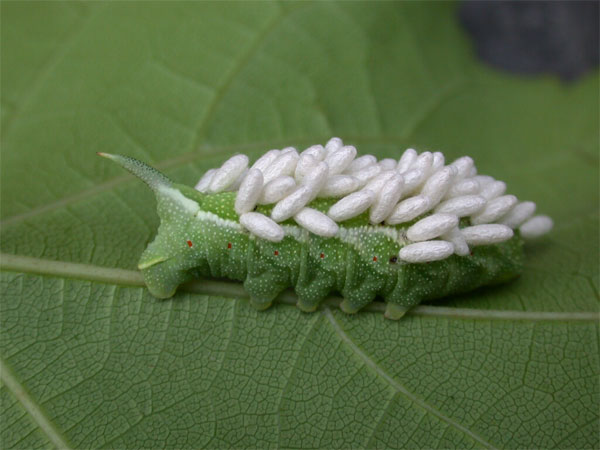

Moths comprise a group of insects related to butterflies, belonging to the order Lepidoptera. Most lepidopterans are moths, and there are thought to be approximately 160,000 species of moth,
Moths evolved long before butterflies, with fossils having been found that may be 190 million years old. Both types of Lepidoptera are thought to have evolved along with flowering plants, mainly because most modern species feed on flowering plants, both as adults and larvae.
The Peppered moth, which changed its colour from white to black in areas of Britain with heavy pollution, is now reverting to its original appearance. ... Now in post-industrial Britain, 200 years after Darwin's birth, the moth is changing back to its original white colour.
Although the rules for distinguishing moths from butterflies are not well established, one very good guiding principle is that butterflies have thin antennae and (with the exception of the family Hedylidae) have small balls or clubs at the end of their antennae. Moth antennae are usually feathery with no ball on the end.
Moths frequently appear to circle artificial lights ... One hypothesis is called celestial or transverse orientation. By maintaining a constant angular relationship to a bright celestial light, such as the moon, they can fly in a straight line ... The moth instinctively attempts to correct by turning toward the light, thereby causing airborne moths to come plummeting downward, and resulting in a spiral flight path that gets closer and closer to the light source.
Some moths are farmed for their economic value. The most notable of these is the silkworm, the larva of the domesticated moth Bombyx mori. It is farmed for the silk with which it builds its cocoon.
Several moths in the family Tineidae are commonly regarded as pests because their larvae eat fabric such as clothes and blankets made from natural proteinaceous fibers such as wool or silk.
Despite being notorious for eating clothing, most moth adults do not eat at all ... do not have mouth parts ... there are many that will drink nectar (thru their proboscus).
The larvae of many species are used as food, particularly in Africa, where they are an important source of nutrition.
Moth antennae are usually feathery with no ball on the end.
So, in short, Moths have no balls.
I had no idea this type of moth existed until I observed one in my back yard last year. It was fascinating to watch the little guy feeding on the nectar of some potted pentas.
Good one Tim!
JP,
I'm very familiar with this moth. When I first saw them on our butterfly bushes, I thought they were a kind of bee.
Back when I was a huge gardener I got to have a personal relationship with some of their kinfolk, otherwise known as tomato horn-worms(caterpillars) that would occasionally ravage my tomato plants.
They are huge and can gobble up alot of leaves pretty quick. The worms really are beautiful though. Looks like a bunch of eyes along each side of their bodies.



https://extension.umn.edu/yard-and-garden-insects/tomato-hornworms
Here's a picture of that moth, also known as the hawk moth.
